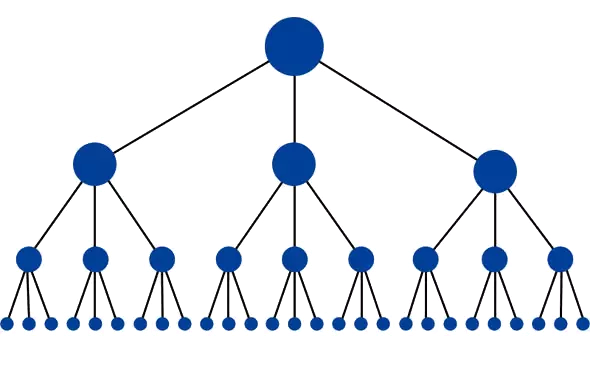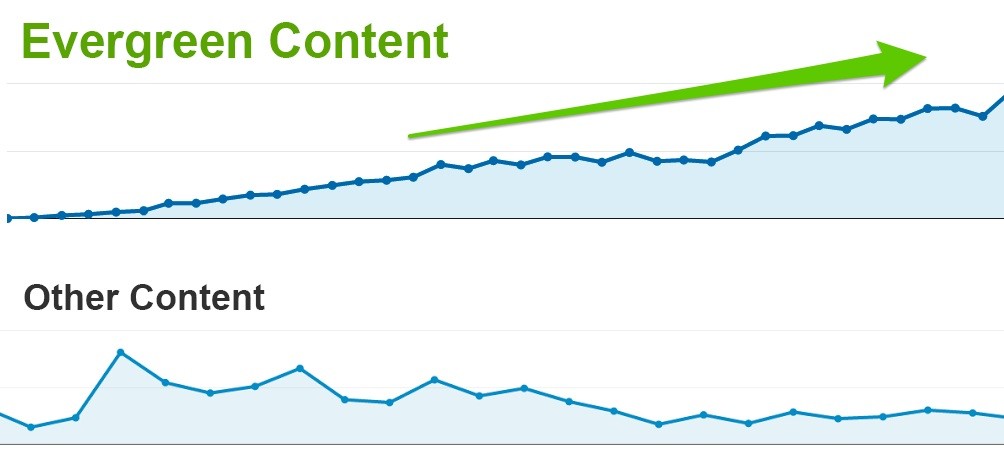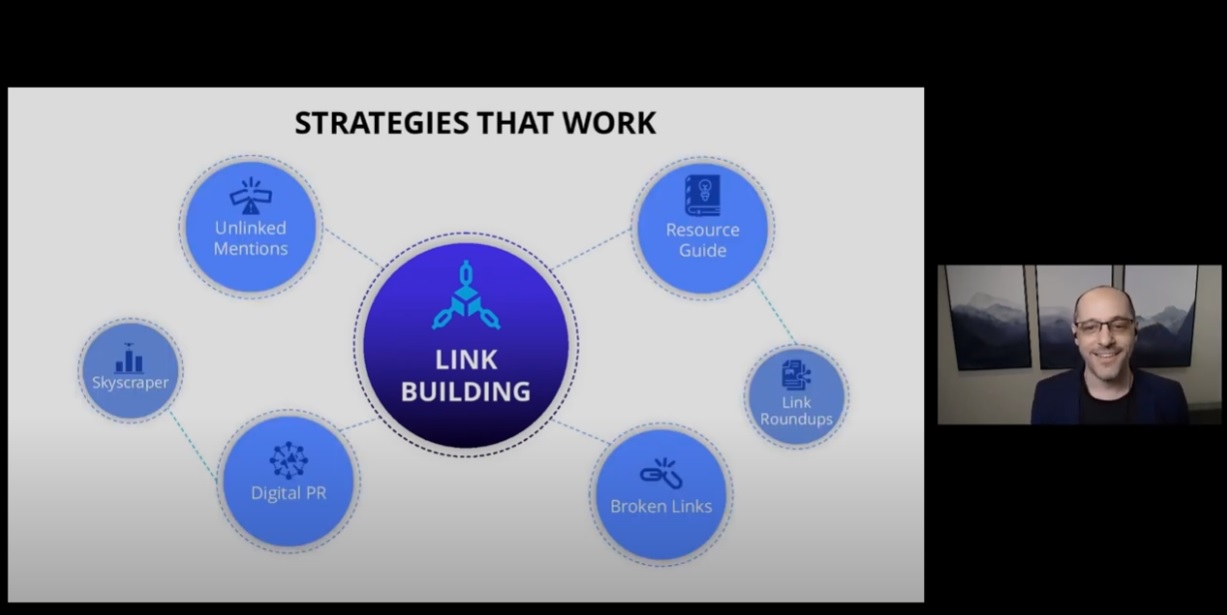Search engine optimization (SEO) is a complex process that involves optimizing your website to rank higher in search engine results pages (SERPs). One of the most effective ways to improve your SEO rankings is by creating high-quality, relevant content that provides value to your target audience. In this article, we will explore different approaches to content planning and how you can use them to propel your rankings in organic search.
Approach #1: Hub and Spoke Content

Hub and spoke content planning is a popular strategy and catalyst for content planning that involves creating a central piece of content (the hub) and supporting it with multiple smaller pieces of content (the spokes). The hub is typically a comprehensive piece of content that covers a broad topic, while the spokes are smaller, more focused pieces of content that cover specific subtopics related to the hub.
The hub and spoke approach can help you improve your rankings in organic search in several ways:
Increases keyword relevancy: By creating multiple pieces of content related to a central topic, you can target a wider range of keywords related to that topic.
Increases internal linking: By linking your spokes to your hub and vice versa, you can create a network of internal links that can help search engines understand the structure of your website.
Provides a comprehensive resource for users: By creating a hub that covers a broad topic and spokes that cover specific subtopics related to that topic, you can provide a comprehensive resource for users that can help establish your website as an authority in your industry.
Here are some tips for implementing the hub and spoke approach to content planning:
Choose a broad topic: Your hub should be a broad topic that can be broken down into multiple subtopics. For example, if you run a fitness website, your hub could be “How to Get in Shape,” and your spokes could cover topics like “Healthy Eating,” “Cardio Workouts,” and “Strength Training.”
Create a comprehensive hub: Your hub should be a comprehensive resource that covers all aspects of the topic you have chosen. This will help establish your website as an authority in your industry and provide value to your users.
Choose relevant spokes: Your spokes should cover specific subtopics related to your hub. Make sure that your spokes are relevant to your hub and provide value to your users.
Interlink your content: Link your spokes to your hub and vice versa to create a network of internal links that can help search engines understand the structure of your website.
Use keyword research: Use keyword research to identify the keywords that you want to target with your hub and spokes. Make sure that you use these keywords in your content, but avoid keyword stuffing.
Approach #2: Evergreen Content

Evergreen content is content that remains relevant and useful to your audience over a long period of time. Evergreen content can help you improve your rankings in organic search in several ways:
Provides long-term value: Evergreen content provides long-term value to your users, which can help establish your website as an authority in your industry.
Increases organic traffic: Evergreen content can continue to drive organic traffic to your website over a long period of time, which can help improve your search engine rankings.
Increases backlinks: Evergreen content is more likely to attract backlinks from other websites over time, which can help improve your search engine rankings.
Here are some tips for creating evergreen content:
Choose a topic that is relevant to your audience: Choose a topic that is relevant to your target audience and that is likely to remain relevant over a long period of time.
Create comprehensive content: Your evergreen content should be comprehensive and cover all aspects of the topic you have chosen.
Use visuals: Use visuals like images, charts, and infographics to help your audience understand your content better and make it more engaging.
Use keyword research: Use keyword research to identify the keywords that your audience is searching for related to your topic, and make sure to use them in your content.
Update your content regularly: Even evergreen content can become outdated over time. Make sure to update your content regularly to keep it relevant and up-to-date.
Approach #3: Multimedia Content

Multimedia content includes images, videos, infographics, and other visual assets that can help you communicate your message more effectively. Using multimedia content in your content strategy can help you improve your rankings in organic search in several ways:
Increases engagement: Multimedia content can help increase engagement on your website by making your content more visually appealing and interesting to your audience.
Increases shareability: Multimedia content is more likely to be shared on social media and other websites, which can help attract backlinks and improve your search engine rankings.
Increases dwell time: Multimedia content can help increase dwell time on your website, which can signal to search engines that your content is valuable and relevant to your audience.
Here are some tips for using multimedia content in your content strategy:
Use high-quality visuals: Make sure to use high-quality visuals that are relevant to your content and add value to your audience.
- Optimize your images: Optimize your images by compressing them, using descriptive file names, and adding alt text. This can help improve your search engine rankings and make your content more accessible.
- Create video content: Video content is becoming increasingly popular and can help increase engagement and dwell time on your website. Consider creating videos that provide value to your audience, such as tutorials, product demos, or interviews.
- Use infographics: Infographics can help communicate complex information in a visually appealing and easy-to-understand format. Consider creating infographics that summarize your content or provide useful statistics and data.
In conclusion, creating high-quality, relevant content is crucial for improving your rankings in organic search. By using different approaches to content planning, such as hub and spoke content planning, evergreen content, and multimedia content, you can provide value to your audience, increase engagement, and establish your website as an authority in your industry. It’s essential to use keyword research, interlink your content, and update your content regularly to maximize the impact of your content on your search engine rankings. With the right content strategy, you can propel your rankings in organic search and drive more traffic to your website.
References
Evergreen Content: Moz. Evergreen Content: What It Is, Why You Need It, and How to Create It. https://moz.com/learn/seo/evergreen-content
Multimedia Content: Search Engine Journal. The Importance of Visual Content in Your Marketing Strategy. https://www.searchenginejournal.com/visual-content-importance-marketing-strategy/394537/
Infographics: Venngage. The Power of Infographics. https://venngage.com/blog/the-power-of-infographics/



